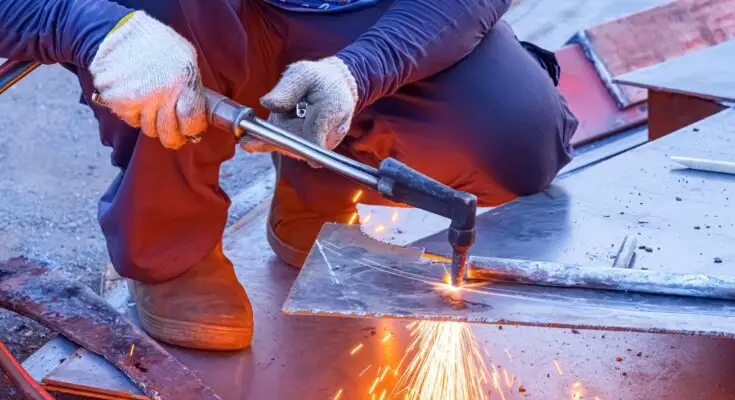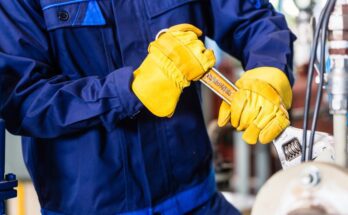Disasters are messy. Whether it’s a flood, hurricane, or wildfire, the damage stretches far beyond what the eye can see. Amid the scramble to clean up and rebuild, welding machines quietly step in in places you wouldn’t expect.
Whether you’re requesting aid or just curious about how recovery efforts work, this will give you a behind-the-scenes look at the seven applications of welding machines in disaster relief.
1. Emergency Infrastructure Fixes
When a storm or quake hits, public safety comes first. Think of road barriers, metal signage, bridges, and power-supporting structures. Welders are among the first on-site, making quick structural repairs that reopen paths for transportation, stabilize dangerous zones, and reconnect communities.
2. Reinforcing Emergency Shelters
After a major disaster, temporary shelters are thrown up fast, and many of them rely on steel frameworks. Skilled operators reinforce and modify these shelters to ensure they’re weather-resistant and structurally sound. In some cases, damaged school gyms or rec centers are turned into shelters and need welding support to make them safe for crowds.
3. Restoring Power and Utilities
Here’s where it gets interesting: welding machines often serve a dual purpose. Not only do they repair infrastructure, but portable welding generators can also power lights, tools, and water pumps when the grid is down. They’re vital in rural areas where electricity might not return for days or even weeks.
4. Business and Farm Recovery
Once the essentials are secure, relief efforts shift to supporting business recovery, particularly in rural or agricultural communities. Welding helps repair broken steel fencing, livestock pens, machinery frames, or warehouse doors. One of the reasons high-quality welding is so important is to protect these structures against future damage. Without welding, critical infrastructure breaks down further.
5. Home Repairs and Evaluations
Eventually, welding work comes to individual homes. This includes fixing metal staircases, patio supports, and damaged HVAC housing. Welders may also be involved in evaluating the structural integrity of components where metal fatigue or corrosion may pose a safety risk. These repairs are often prioritized once shelter and public safety are addressed.
6. Rebuilding Community Landmarks
Think memorials, playgrounds, community benches, and pavilions. These might sound like “extras,” but for communities hit hard by disaster, public spaces restore a sense of normalcy. Experienced welders help bring them back, sometimes literally piece by piece.
7. Powering Recovery and Custom Fabrication
One last, possibly surprising, application is the fabrication of custom tools and equipment on-site. Disaster conditions often require unique solutions, like a temporary brace, a custom mounting bracket, or an improvised support structure. Portable welding machines enable relief crews to design and build these tailored components quickly, speeding up repairs and minimizing downtime.
Welding machines aren’t just tools for metalwork; they’re engines of recovery. They restore function and support resilience at every level. These seven applications of welding machines in disaster relief show how welding powers some of the most critical repair and rebuilding efforts.



